Controlling Whitefly Naturally
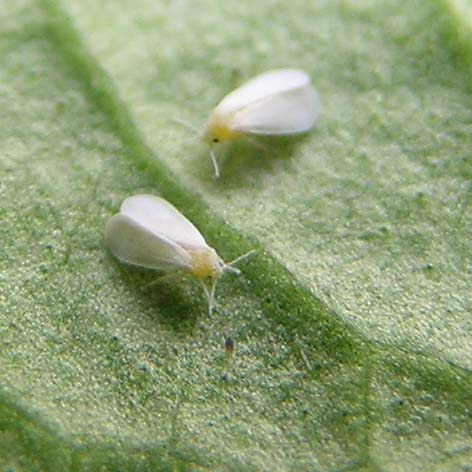
The warm temperatures of the summer bring on a rush of new foliage growth, attracting a wide variety of pests. Whitefly, one of the most difficult pests to control, pose a special challenge to gardeners. Whitefly numbers grow dramatically in the heat, most strains are resistant to pesticides, and the pests infect a huge range of hosts including bedding plants, strawberries, tomatoes, and poinsettias.
Just as the name implies, whitefly are small, fly-like insects with white colored wings. They hide on the underside of leaves where they multiply rapidly. Whitefly feed on plant juices and, in large numbers, can consume a considerable amount of nutrients, causing plants to pale in colour. Like aphids, they also excrete honeydew, attracting black sooty mold fungus. Recently, these pests have been found to spread viruses.
Identification
Although all whitefly tend to look alike, there are two major types – greenhouse whitefly and silverleaf whitefly (formerly sweet potato whitefly). The greenhouse whitefly has been recorded on over 250 plants while the silverleaf whitefly attacks over 500 hosts. Adult greenhouse whitefly are slightly less than 1/8 inch long. They have a white, waxy coating and hold their wings parallel to the leaf surface. Adult silverleaf whitefly are slightly smaller than the greenhouse whitefly and have a yellowish hue. They hold their narrow wings at a 45-degree angle to the leaf surface.
Although not as prevalent, other whitefly types include the bandedwing whitefly; the spiraling whitefly which attacks star apple and ornamental banana; the cloudywinged whitefly which can infest citrus, gardenia and Ficus; and the citrus whitefly which occurs on citrus and gardenia.
Life Cycle
Whitefly eggs are spindle-shaped and stand vertically on the leaf surface. For many species, eggs are white when first laid and turn dark grey (greenhouse whitefly) or amber-brown (silverleaf whitefly) with time. Eggs are deposited on the underside of leaves, sometimes in a circle or crescent-shaped patterns. After hatching, the “crawler” stage moves about on the plant looking for a feeding site.
At temperatures between 65 and 75F, it takes less than 40 days to develop from egg to adult. Mating is not necessary for egg production and a female may lay up to 200 eggs.
Control Techniques
Thankfully, there are a number cultural techniques and organic sprays to help keep whitefly from over-running your plants. A combination of these control techniques is the best method to keeping whitefly numbers down.
Cultural Practices
When purchasing new plants, inspect both the upper & lower surfaces. Preventing whitefly infection this way saves headaches in the long term. Floating row cover, placed over plants, will also prevent them from becoming infected.
If you do find whitefly, don’t panic! A cylinder vacuum can bring numbers down considerably. Since the adult moths can fly easily from one plant to another, do not place infested plant material next to clean plants.
Sticky Traps
Whitefly are attracted to the yellow colour of sticky traps. For best results, hang or place the cards close to the top of the plant. Doors, vents and other openings where whiteflies can enter greenhouses are other good sites to hang yellow sticky cards.
Sprays
Whitefly began showing resistance to synthetic insecticides in the 1980s. Sprays containing pyrethrum or neem give the best control for organic growers. Both the surface & the underside of the leaf need to be covered and during the summer, a spray regime every 5 days is required.
Biological Control Agents
Encarsia formosa, a small wasp, parasitizes to up to 100 immature greenhouse whitefly each. Encarsia populations prefer temperatures above 70 degrees F for development. The best time to use Encarsia is between mid-March and mid-September.
Delphastus pusillus, a small black ladybird beetle, will control both greenhouse and silverleaf whitefly. The larvae will consume up to 1000 whitefly eggs in its lifetime but will also feed on nymphs. Like Encarsia, the beetles perform best at temperatures between above 65F.
The Author:
Arzeena Hamir is an agronomist and garden writer with Organic Living Newsletter.
© Copyright Arzeena Hamir
Photo. Gaucho


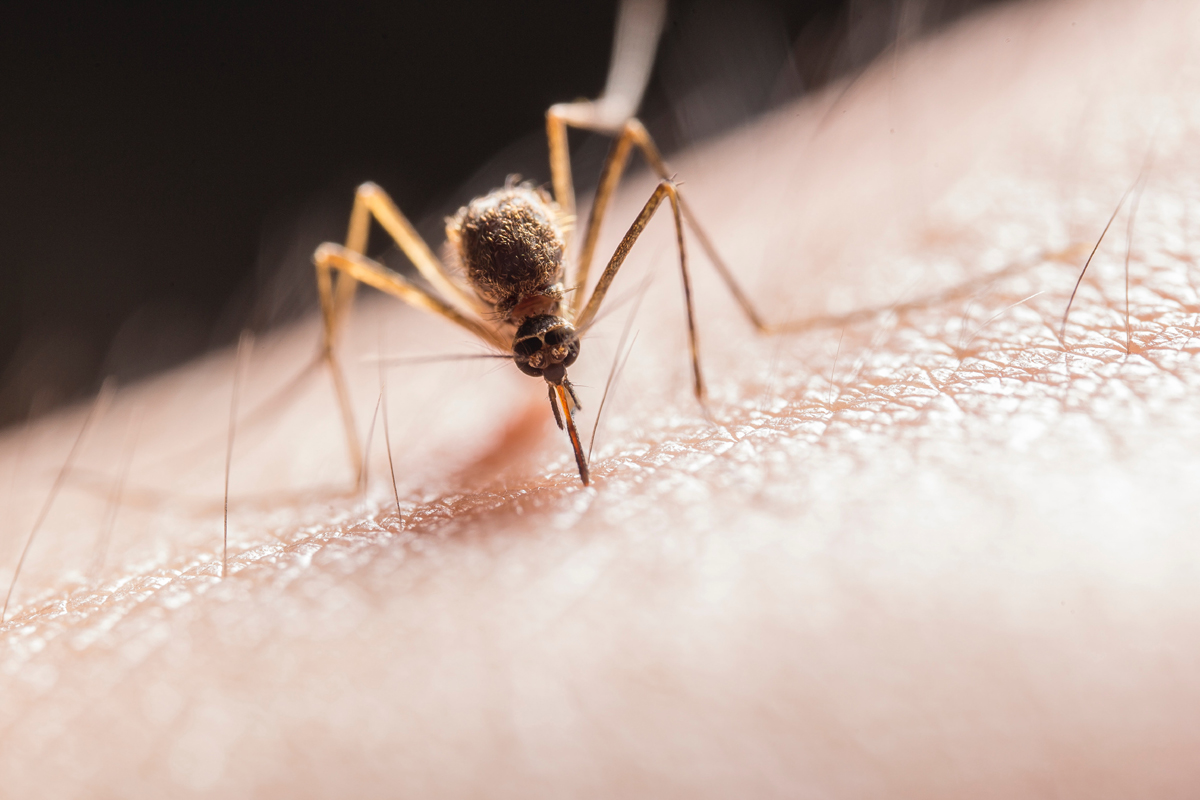
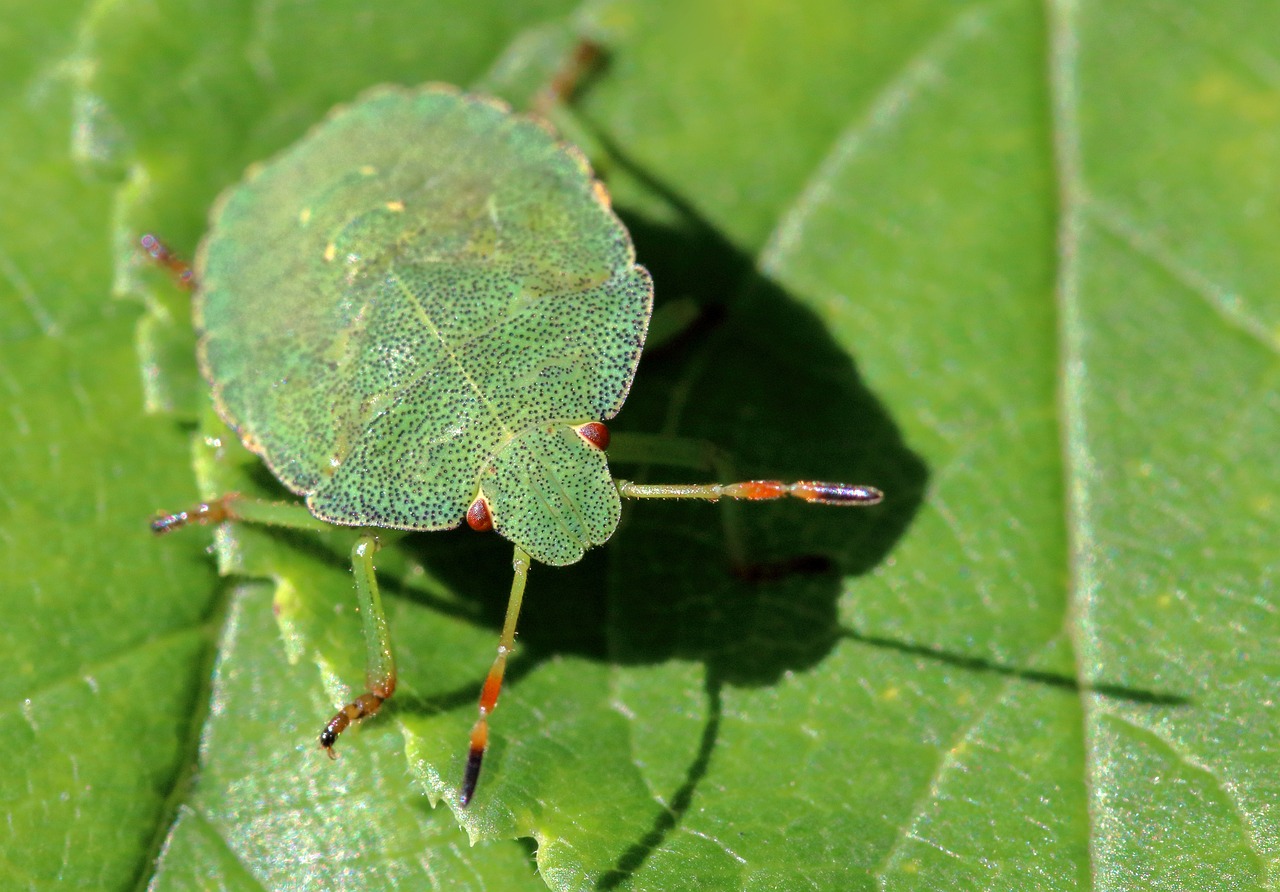
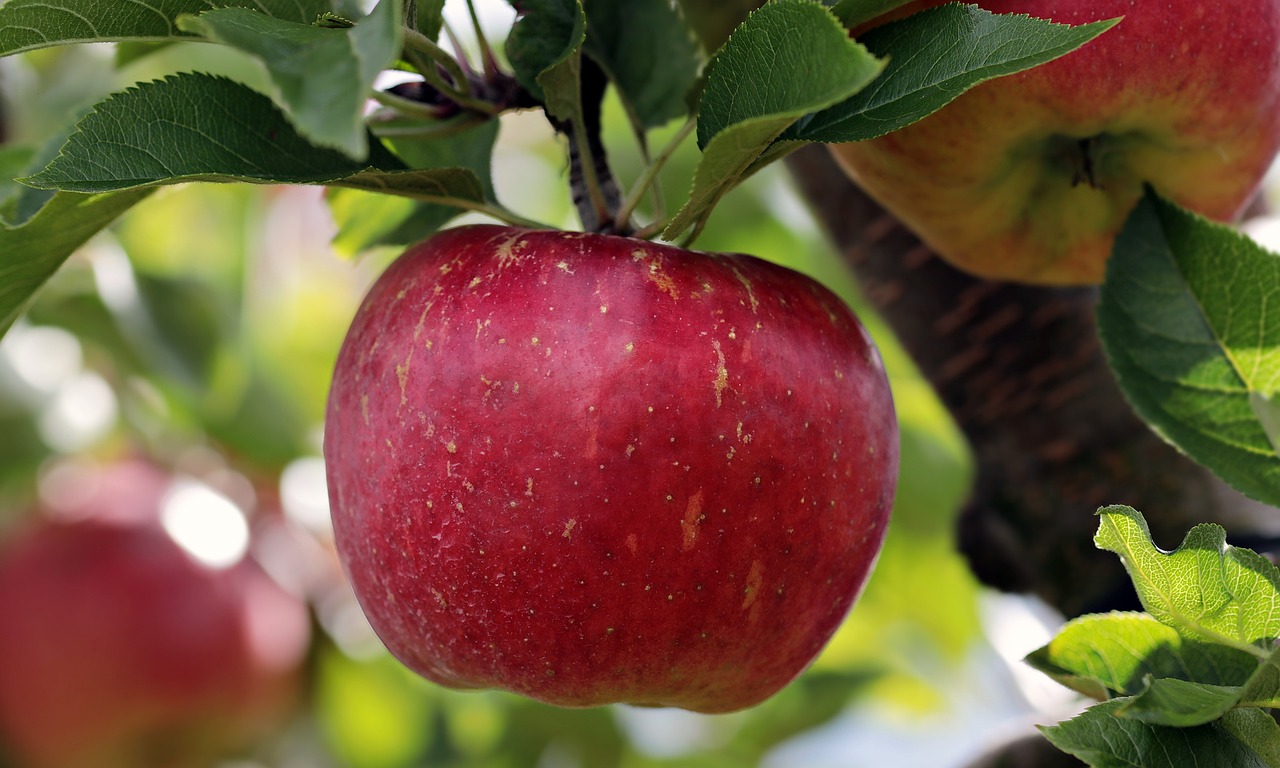
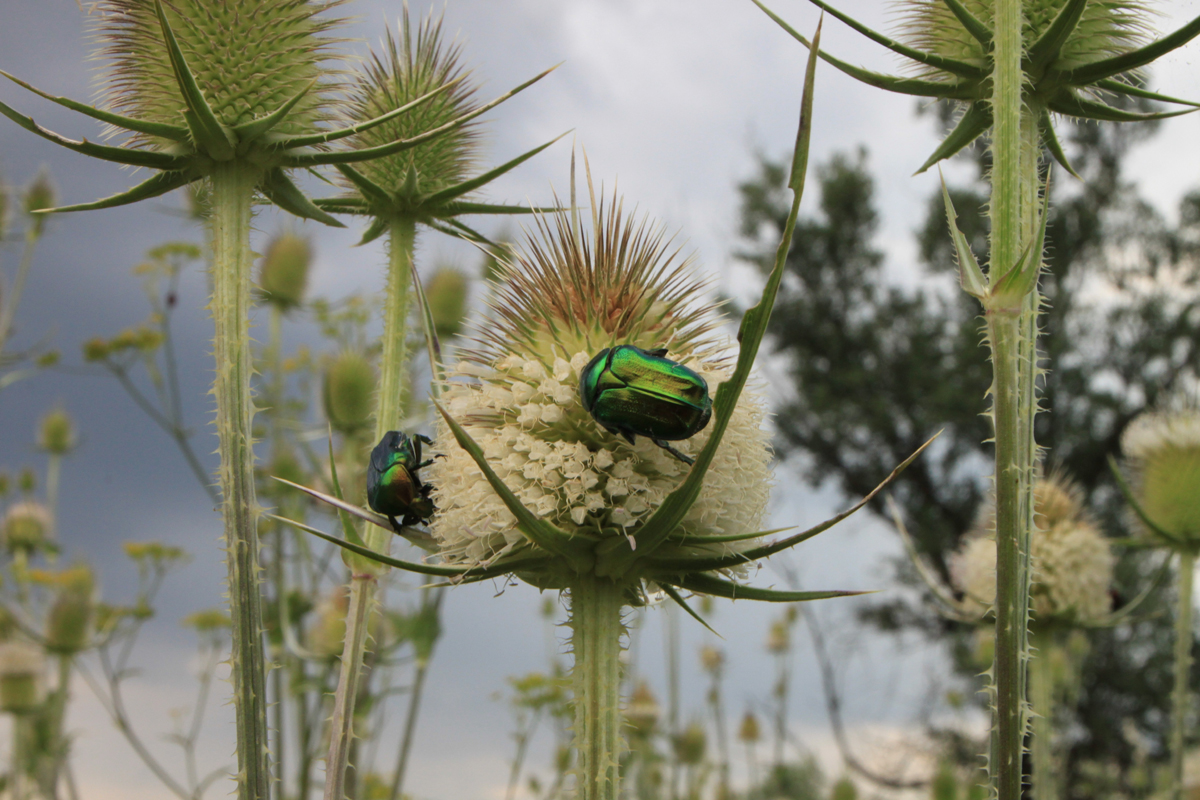
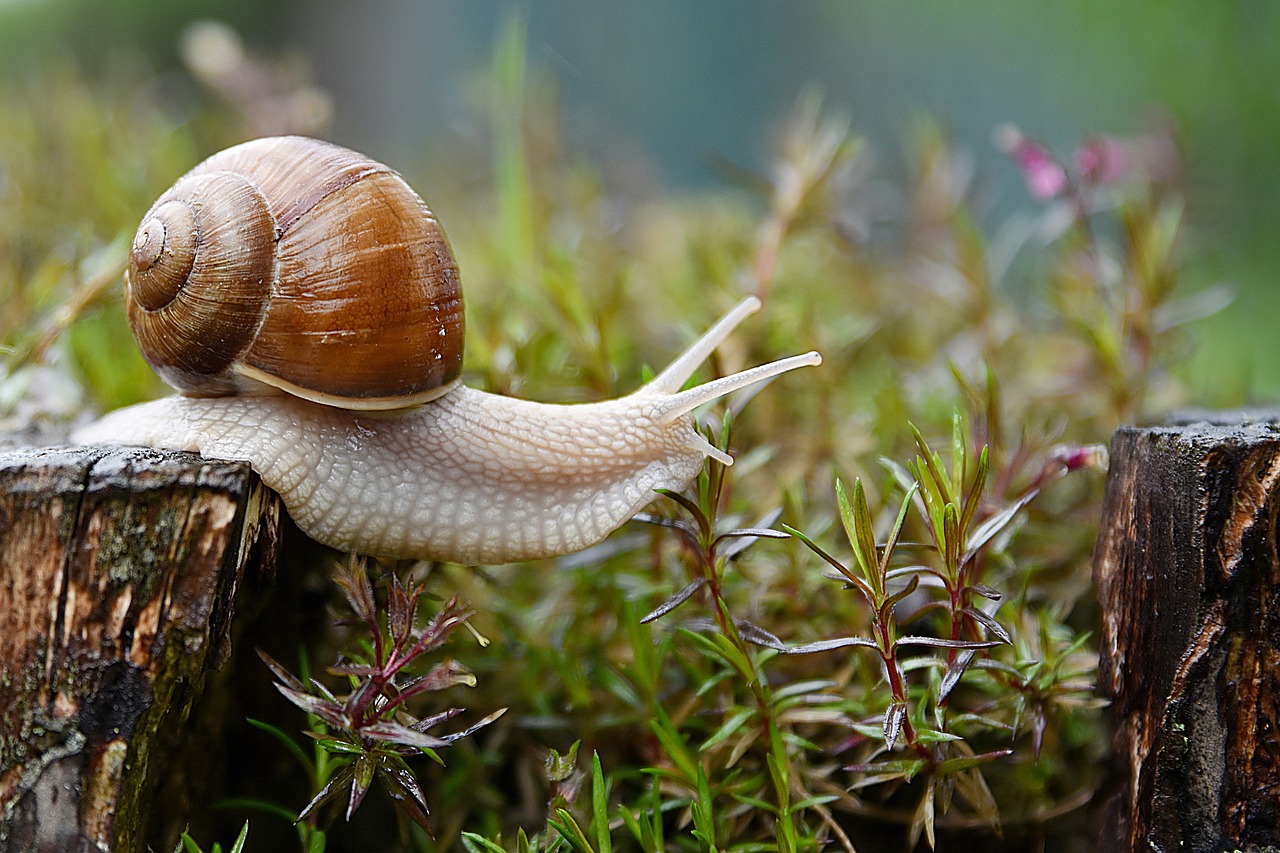
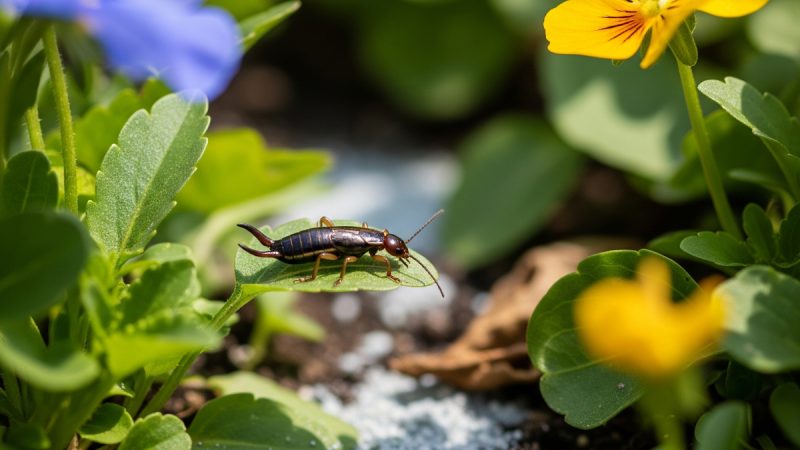
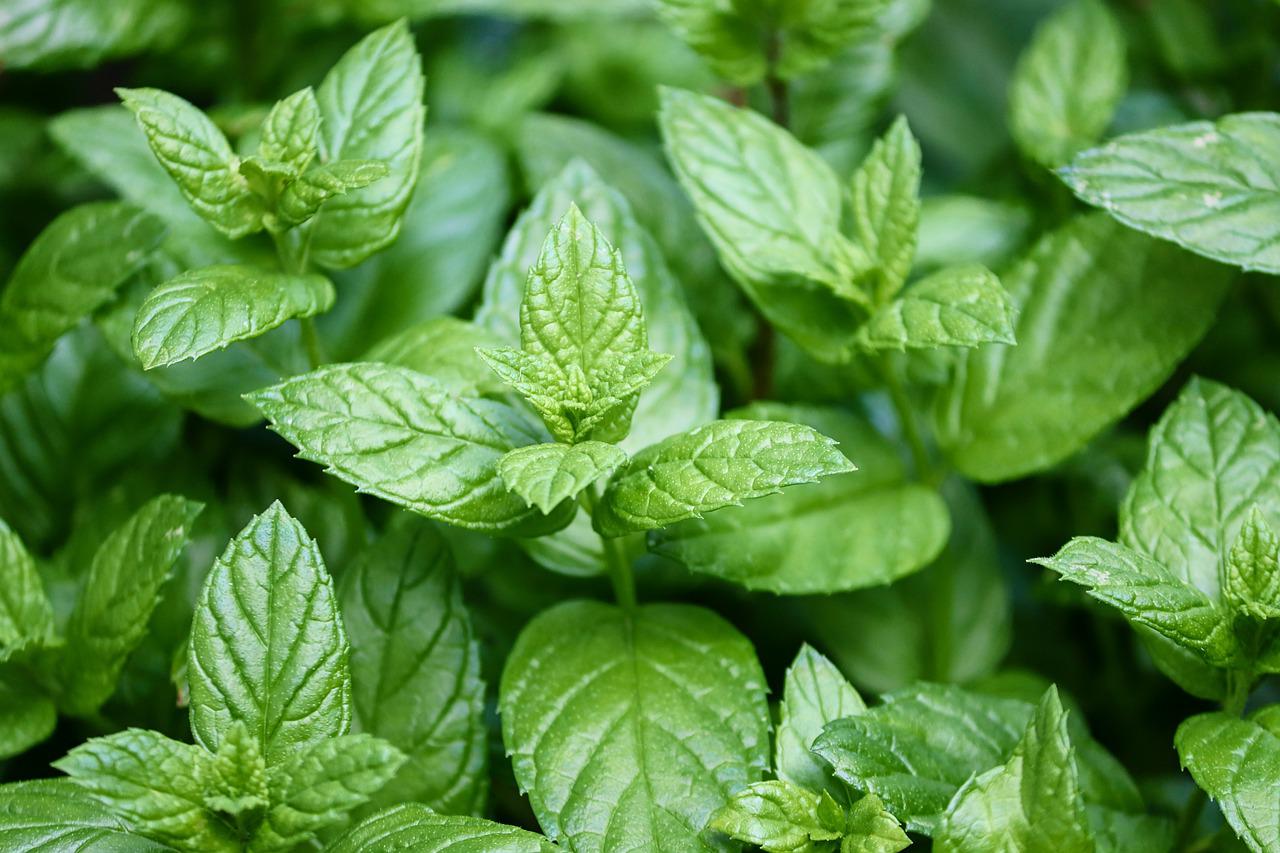
I want to share that I am having excellent luck in controlling white fly with capsaisin. Three drops of capsaisin to a cup of water with a little (1/2 tsp) of dishwasher detergent (sticky but less foaming) in a small sprayer for houseplants. I’ve been at war with white fly over possession of a tall basil plant that is wintering indoors and I am winning by spraying this mixture lightly on the basil and its soil every day or two. You can’t hang out near it for 20 minutes or so because the atomized capsaisin will make you cough. This seems to work on fruit flies, too.
That’s great to hear that you’ve had success using capsaisin and dishwasher detergent to control whitefly naturally! It’s always interesting to learn about different methods that work for different people.
never make a potion to kill whitefly ash results from burning, I never make it and be successful
It’s understandable that you had a different experience with making a potion to kill whitefly using ash. Every method may work differently for each individual and their specific circumstances. It’s important to keep experimenting and finding what works best for you and your plants.